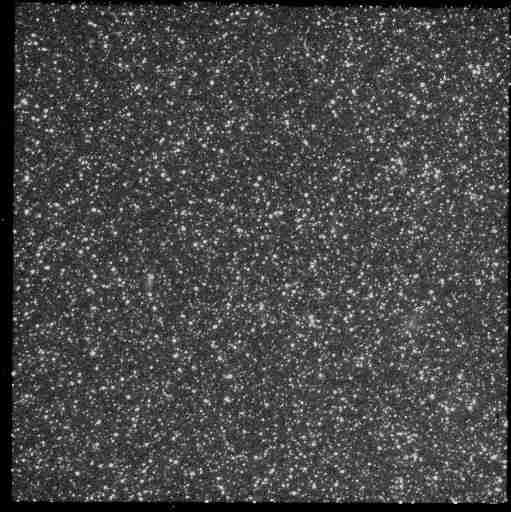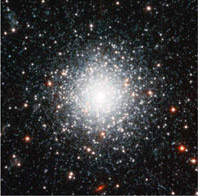Every now and again, a Hubble image will kick me back with a wave of nostalgia.
Most Hubble pictures are of specific objects with which I’m not familiar, some galaxy or cluster I’ve never even heard of. Sometimes the great observatory is pointed at a target I do know from my own youth as an amateur astronomer, something I’ve seen myself through my telescope.
And sometimes it’s something with a more personal connection, a galaxy I’ve actually studied, and which reminds me of old friends, figuratively and literally… like this incredible picture of the halo of the Andromeda Galaxy:
[Click to unenchainedmaidenate.] Lovely, isn’t it?
The Andromeda Galaxy is the nearest big spiral like our own. It’s just under 3 million light years away, as big as the Milky Way (even maybe a shade bigger), and bright enough to be seen easily by the naked eye in a dark site. I’ve spent hours looking at it through binoculars and my own telescope. This picture – one of four peering at this gigantic island universe – is looking into the galaxy’s halo, the cloud of stars surrounding the main disk.
You can see right through it, to galaxies beyond. The bigger ones you see are probably hundreds of millions of light years away, but the smaller, red ones? Those are billions of light years away, the light you’re seeing here having left those distant galaxies before the Earth was even born.
 When I worked on Hubble, the camera I was hired to help build would frequently look at this region of the sky. It didn’t take dramatic color pictures, but I found some inspiration in them nonetheless. In this image here, a 900 second exposure of NGC 205, a satellite galaxy to Andromeda, the faintest stars are one one-billionth as bright as you can see with your eye. How’s that for perspective?
When I worked on Hubble, the camera I was hired to help build would frequently look at this region of the sky. It didn’t take dramatic color pictures, but I found some inspiration in them nonetheless. In this image here, a 900 second exposure of NGC 205, a satellite galaxy to Andromeda, the faintest stars are one one-billionth as bright as you can see with your eye. How’s that for perspective?
The funny thing is, as soon as I saw this new Hubble image, I knew right away who took it. Back in my Hubble days, Tom Brown worked down the hall from me, and he was always happy to show me his work, which was looking at the stellar populations of Andromeda. He was always trying to get deeper, more accurately calibrated images. He eventually left Goddard Space Flight Center where we both worked to move to Baltimore and be at the Space Telescope Science Institute. I remember visiting there once and dropping in on him. He had just received new images of Andromeda, at the time the deepest visible light astronomical observations ever made. He gleefully showed me the pictures, even though they had not been publicly released yet, and we marveled together over the sheer number of stars, and one globular cluster in particular (shown below) that was clear and sharp, despite being nearly 30 quintillion kilometers away.
 Sure enough, these new images were taken by Tom. I know he’ll get great science out of them, studying the varying lives of stars in Andromeda’s disk, halo, and environs. Other astronomers may use them to look at other objects in Andromeda, or the more distant galaxies peppering the images.
Sure enough, these new images were taken by Tom. I know he’ll get great science out of them, studying the varying lives of stars in Andromeda’s disk, halo, and environs. Other astronomers may use them to look at other objects in Andromeda, or the more distant galaxies peppering the images.
But to me, these images remind me of those days when each new observation was an adventure, something to explore with friends. These images are beautiful and fascinating and increase our knowledge of the Universe, but they are also being investigated by people who do this for the sheer joy of finding things out. I think that in itself is something worth knowing.
Image credit: NASA, ESA and T. M. Brown (STScI)
Related posts:
- Happy 20th anniversary, Hubble!
- The cold arms and hot hot heart of the fuzzy maiden
- Andromeda born out of a massive collision?
- A Swift view of Andromeda